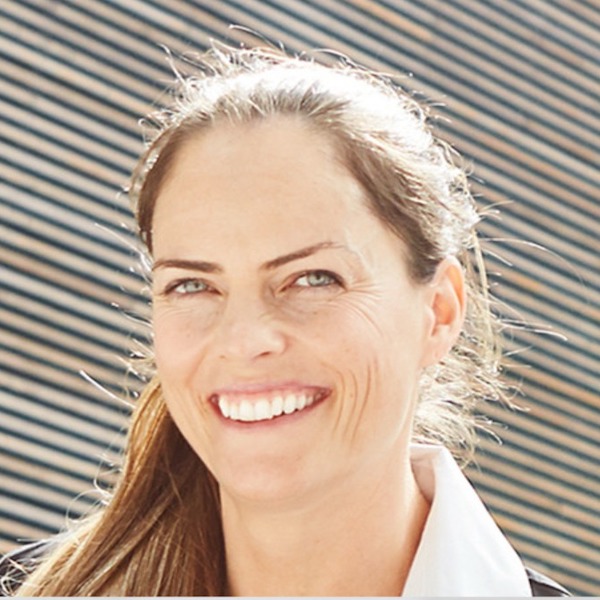
Most training designs follow the ADDIE model training. Join Lenn Millbower in a one-hour webinar and discover an improved MAGICAL model – one that is straightforward and engaging – that he applied repeatedly when he worked at Walt Disney World and for many other clients, including health care, grocery, government, and utilities.
Writing training for Walt Disney Entertainment was fascinating: Characters, Parades, Fireworks, Leadership, Finance, Orientation, and more. It also required a more engaging approach than the normal training audience. Entertainers are not known for their ability to sit through lectures. The training programs Lenn designed had to be inspirational, memorable, and motivating. Applying his entertainment background, his Learnertainment™ methodology, and brain learning theory, Lenn developed his own methodology, explained in the acronym MAGIC.
What is the MAGIC model training?
Message – Identifying the emotional core of the subject to be taught.
Anticipation – Thrusting the participants into the experience.
Guidance – Teaching the most critical must-know information.
Investigation – Validating and expanding on the information presented.
Customization – Identifying and planning personal applications.
This simple, emotion-based sequence resonates deeply with learners. It is easy to use. Classes come together quickly. They flow seamlessly and logically. Learners experience a journey, not a lecture, and leave energized to take what they learned into the real world. Join us and learn how to go beyond the ADDIE model training and create your own instructional MAGIC.
Lenn Millbower, the Mouse Man™ and author of Care Like a Mouse, teaches Walt Disney-inspired service, leadership, innovation, training, and success strategies. Everything Disney touched seems magical. It isn’t. It’s a method. Lenn saw that method up close. He spent 25 years at Walt Disney World as an Epcot Operations trainer, Disney-MGM Studios stage manager, Animal Kingdom opening crew, Disney Institute, Disney University, and Walt Disney Entertainment management. Now, he shares methodologies that will help you make your own magic.
Connect with Lenn on Facebook, Twitter, YouTube, and at www.likeamouse.com
Training Tools for Developing Great People Skills
This event is sponsored by HRDQ. For 45 years HRDQ has provided research-based, off-the-shelf soft-skills training resources for classroom, virtual, and online training. From assessments and workshops to experiential hands-on games, HRDQ helps organizations improve performance, increase job satisfaction, and more.
Learn more at HRDQstore.com

“The webinar was informative and enlightening.”
Freeman R.

“The webinar was fun and engaging while looking at instructional design from a different perspective!”
Pamela S.

“Very informative and thought-provoking webinar.”
Tami P.

Sign up for more as a member of HRDQ-U
HRDQ-U offers much of its learning content free to visitors, including live and select webinars, blog posts, and more, with new events and posts shared every week. However, there is much more learning available. You can access our complete library of on-demand webinars and other training events and content by simply signing up.